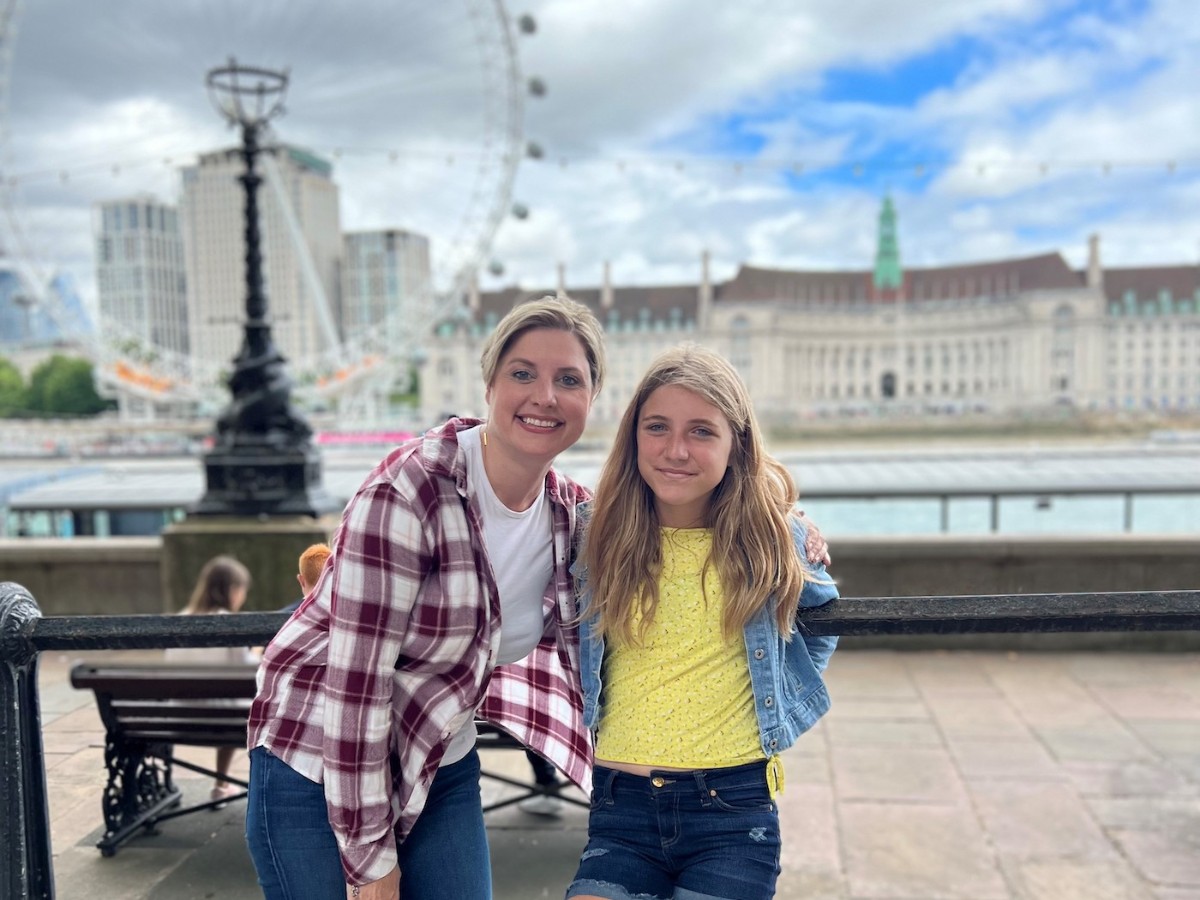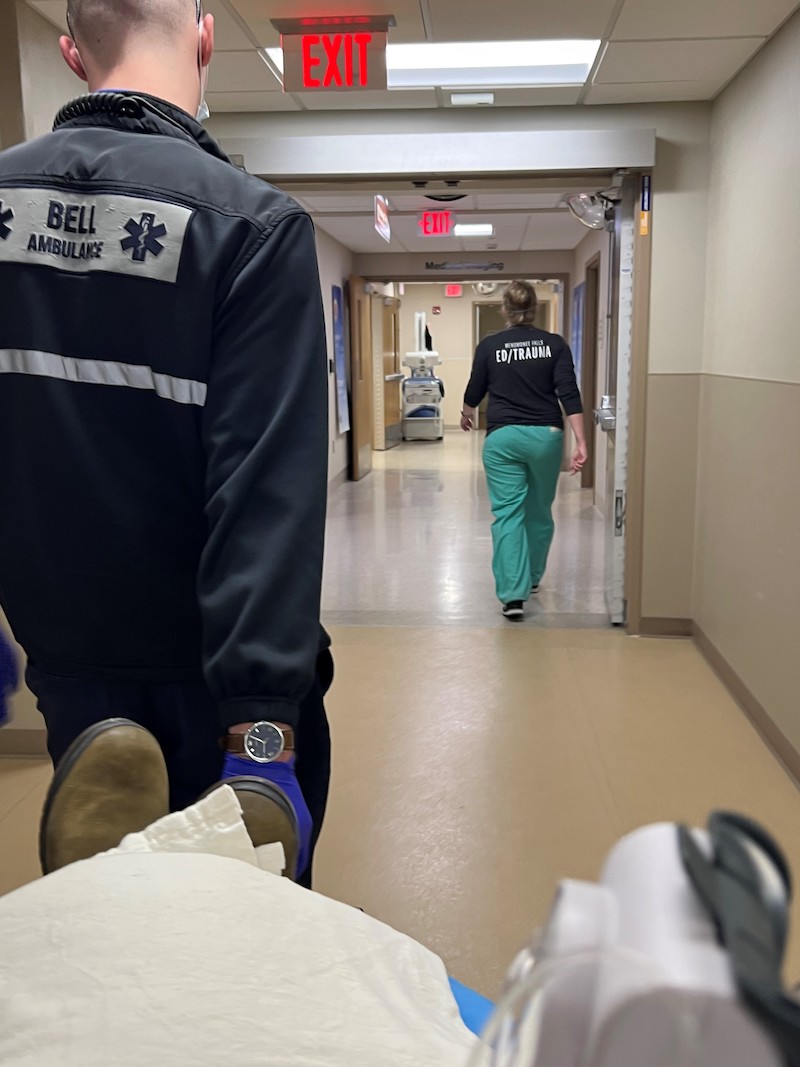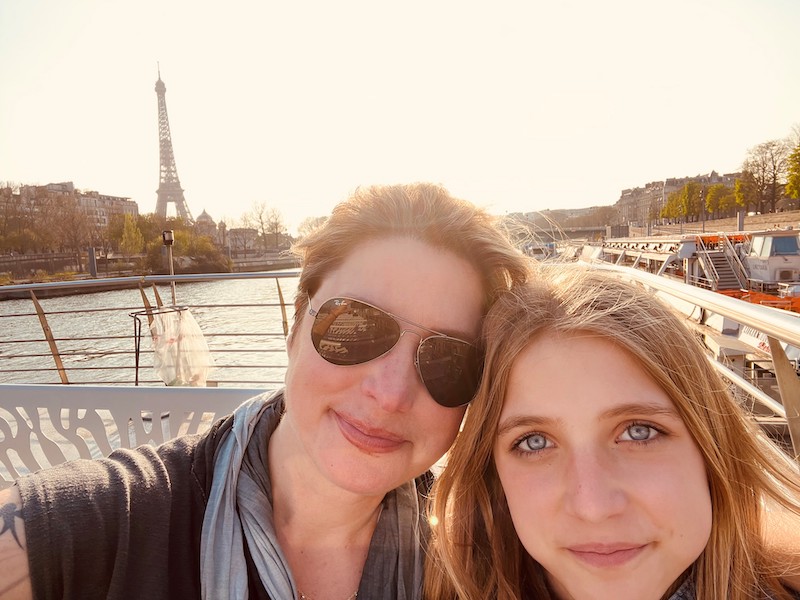Katherine Juergens knew something was wrong. It was November 2021, and for a few days she’d been feeling a weird sensation in her chest. “It was right in the center,” she says. “It went from a dull pain to a sharp pain, and it would just radiate for like 20 minutes.”
At 45, Katherine was healthy and active, and had no family history of heart disease. Still, she thought she might be having a heart attack.
She called her primary care doctor, who told her it was just anxiety and, without asking her to come in, wrote her a prescription for anti-anxiety medication. When the pain continued for weeks, she called another doctor she knew. “Again, I didn’t get a whole lot of interest or attention,” she says.
Then, on January 5, 2022, the pain consumed her. For nearly an hour it shot down her arm and neck. She was sweaty and short of breath — classic heart attack symptoms. But still she struggled with what to do: Two doctors, after all, had already dismissed her symptoms entirely. Seeking peace of mind, she went to an urgent care facility. The attending doctor seemed skeptical and ordered an electrocardiogram (ECG), which “was nothing to be overly concerned about.” Then he ordered a test to measure her troponin, a protein in the blood that is released when the heart muscle is damaged. That was when his demeanor changed. “The doctor came back and he was completely white-faced,” she says. “He’s like, ‘I’m so sorry. You came back positive. You had a heart attack. You’re being admitted tonight. Make your calls, because you’re going to be here for a long time.’”
Katherine being admitted to the hospital. Top: Katherine with her daughter.
A Frightening Diagnosis
That winter, the U.S. was in the middle of the Omicron surge. Hospital beds in the Milwaukee area, where Katherine lives, and all across the country were filled with COVID-19 patients. No visitors were allowed, so she was alone, unsure of when, or if, she’d see her daughter again. So for seven hours she waited at the urgent care for a bed to open up at a nearby hospital. When she was transported by ambulance to the trauma unit, it started to sink in how serious the situation was.
She found comfort in the hospital’s cardiac catheterization lab, which was filled with GE HealthCare equipment. Katherine had worked in marketing at GE HealthCare for eight years, until 2015, so seeing the logo felt like seeing an old friend. The cardiac team ran a number of tests, including an angiogram and cardiac catheterization, and found that her heart had sustained a great deal of damage. Those pains she’d been feeling for six weeks were, indeed, heart attacks. And they had been caused by something called spontaneous coronary artery dissection, or SCAD, which happens when a blood vessel in the heart tears and can block blood from flowing to the heart. A doctor told her that one of the main arteries going to her heart “had peeled off like wallpaper, and now there’s a flap.”
That doctor went on to explain that SCAD is a serious complication of an underlying condition called fibromuscular dysplasia (FMD), a rare blood vessel disorder. A computed tomography (CT) scan showed that FMD had caused stenosis in one of Katherine’s arteries, which narrowed by 70%, blocking more blood flow. In addition, FMD had caused two aneurysms in her brain. “It was a one-two punch,” says Katherine.
Shocked — and heavily drugged — Katherine had a lot to digest. While terrified for the future, she was grateful that at least she had a concrete answer. “Without the technology, they would have sent me on my way,” she says. “The scans were critical. That data took this from subjective to objective. It took it from ‘It’s in your head’ to ‘It’s in the science and we need to look at this.’ It’s a real thing.”
Sharing Her Story
It’s been more than a year since the diagnosis, and life looks different now for Katherine. As one of 60 million women (or 44%) in the U.S. living with some kind of heart disease, according to the Centers for Disease Control and Prevention), she’s on medication, and will be for life, because surgery isn’t an option for her condition. Katherine says she tires easily and avoids activities that will demand too much exertion, so her exercise is limited to walking and she can’t lift more than 20 pounds. “That’s probably the hardest part,” she says. “Having to ask for help when you’re a very independent person is just tough.”
Before her diagnosis, Katherine loved doing yoga and kayaking with her daughter, who is 12. Those activities are no longer allowed, so she’s finding other ways to connect and make memories. In the past year she’s taken her daughter to Paris and London, and they’re in discussions about the next trip. “When you almost die, it makes you think twice about your life and your family,” she says. “It’s really changed my outlook.”
She now leads an online group that advocates for women with SCAD — which is most commonly found in healthy women in their 40s and 50s, according to the Mayo Clinic — and women who have suffered heart attacks, which present differently than they do in men. While many people associate cardiac arrest with the dramatic chest-clutching of the Hollywood heart attack, the symptoms aren’t always so straightforward. The American Heart Association lists possible signs, such as pressure, squeezing, fullness, or pain in the center of the chest; pain or discomfort in the arms, back, neck, jaw, or stomach; shortness of breath; breaking out in a cold sweat; nausea; and lightheadedness. Those are all things that Katherine experienced, and yet her doctors still missed the red flags. “Medical gaslighting is real,” she says in hindsight.
By sharing her story, Katherine hopes she can help others avoid some of the pain and frustration that she went through. That’s why she encourages women to familiarize themselves with the possible signs of a heart attack — and to always speak up.
“Advocate for yourself,” she says. “If something feels wrong, it probably is. Get annoying, be mouthy, and demand to be taken seriously — if you don’t, no one else will. You’ll be glad you did.”




